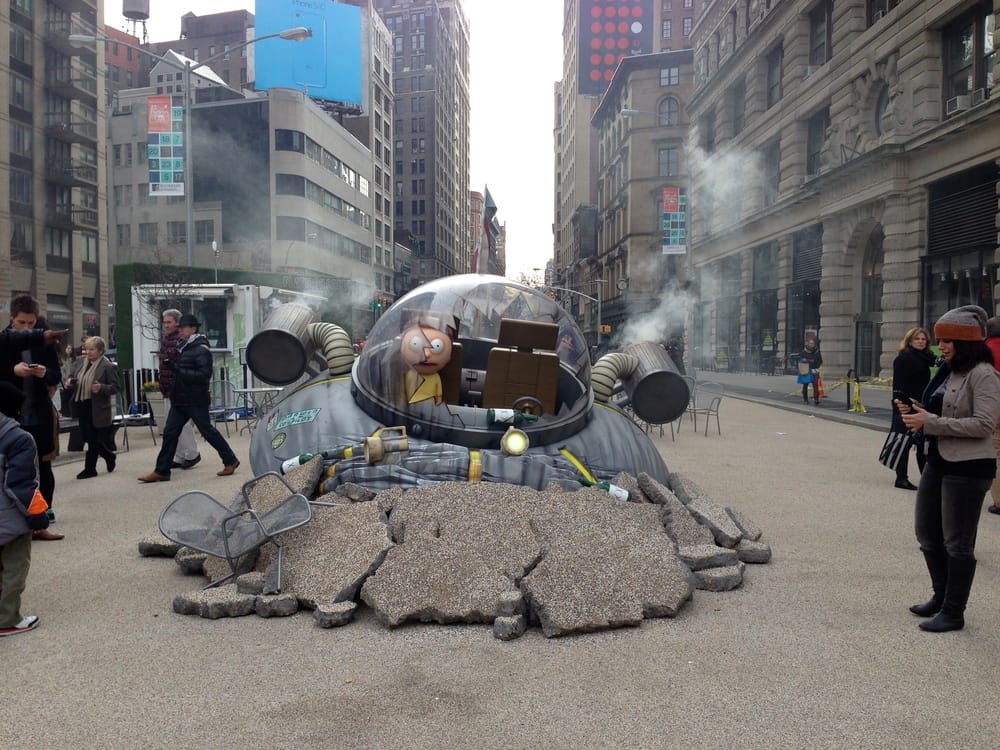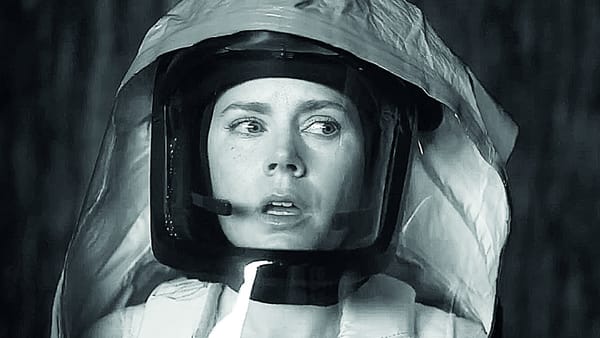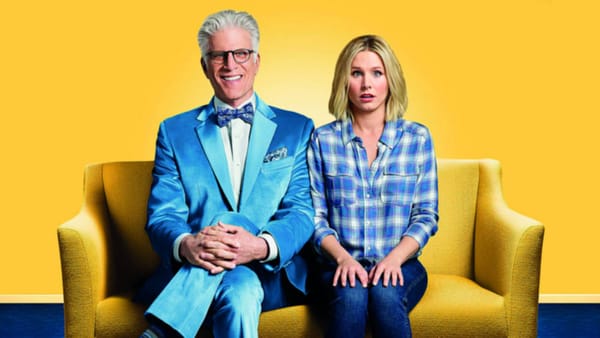TV mourns for Adonaïs
Unfortunately, men dominate the best roles in television. So, you’d think that they’d at least be represented with nuance, right? Well, that tends not to be the case.

Television has, historically speaking, been a fairly progressive medium. Whether it was Star Trek in the 60s pushing for minority rights, or shows like Will & Grace and Ellen normalising and publicising LGBT rights in the 90s, TV has frequently been willing and capable to push the envelope. One of the areas it has perhaps lagged behind, however, is in its handling of the male protagonist.
There tend to be about three modes for any leading male characters: the platonic, wholesome ‘hero’, the gruff ‘anti-hero’, or the squirrelly ‘nerd’. All three hinge on a limited, traditional idea of what defines ‘masculinity’ or, in the case of the third, the lack thereof. The ‘hero’ is the oldest of these, the classical John Wayne-type with chiselled jaw and chiselled ethics. The ‘nerd’ is smart but cowardly, well-meaning but lacking the courage to stand up for what he believes in. The ‘anti-hero’ is perhaps the most infuriating of the rejectionist stereotypes, often squandering the opportunity to examine traditionally neglected aspects of the male psyche. Addictions and mental illnesses are trivialised and turned into purely cosmetic affectations, while self-destructive behaviour is fetishized.
As of late, however, series have been making efforts to fully consider the impact of this mind-set, and various different shows have begun considering the traditionally taboo subject of men’s mental health. In general, TV has begun to question its own, and to an extent society’s definitions of masculinity. Shows such as Mad Men, Bojack Horseman, and Rick and Morty present incredibly flawed male protagonists that might be superficially likened to ‘anti-heroes’. The difference here is that an attempt is made to examine thoroughly the consequences of and reasons for their self-destructive behaviour. In fact, it is a central theme in both of the aforementioned series.
Mad Men’s Don Draper is the quintessential picture of the ‘ideal man’; suave, successful, and dapper. Yet he is also an adulterous womaniser, a worsening alcoholic and smoker, and running from his past. None of these things are glorified here, and are instead scrutinised. Draper’s flakiness and constant need to find new partners is a consequence of his poor relationship with his parents and a result of growing up in a brothel. His alcoholism is a dependency.
Similarly, Bojack and Rick and Morty present aging protagonists struggling to cope with their depression. Their fronts of stoicism are quickly revealed to be manifestations of one of the most toxic aspects of ‘masculinity’: the reluctance to seek help. Over the courses of their respective series, both spiral further into darkness, all the while retaining a coarse exterior and pushing people away. These qualities are what feed into their various self-destructive behaviours. More and more shows are representing experiences engaging in discussion that is discouraged by ‘masculinity’. The underrated SundanceTV show, Rectify, discusses the touchy subject of prison sexual assault. The oddly accepted and ridiculed reality of prison-rape is put under the lens here. The protagonist is a victim of this, and the show follows his attempts to come to terms with his experiences and life outside prison. There are no jokes made at his expense and the series does not shy away from thoroughly dissecting the impact of such an event. A big part of the series is also the reactions of other characters to the protagonist’s experiences, and how society attempts to belittle them.
Even Donald Glover’s Atlanta points out the sorts of toxic masculinity poverty and ghettos can generate, and their natural end-points. The very first episode ends with one of the main characters shooting and killing a random stranger, just to avoid losing face. On a more real-world level, artist Grayson Perry has made multiple documentaries questioning traditional definitions of masculinity and sexuality. All Man, in particular, takes the viewer to various locales typically associated with masculine activities and highlights the dysfunction or contradiction that can reign there.
We’ve come leaps and bounds since the paper-thin platonic heroes of early dramas and sitcoms, and the ever-diversifying TV industry seems to be gradually engaging with, and hopefully normalising, a diverse range of concepts of masculinity.









